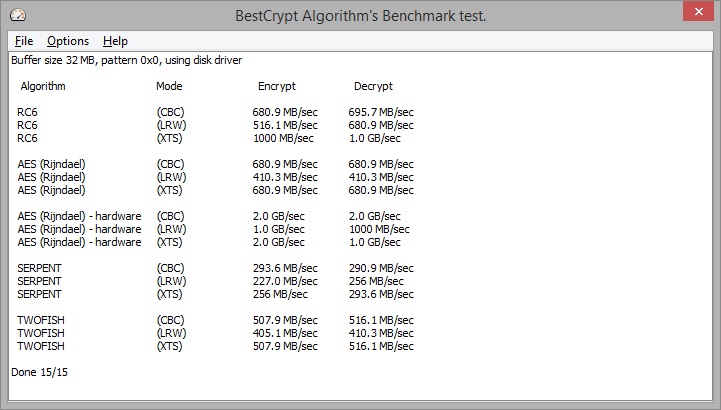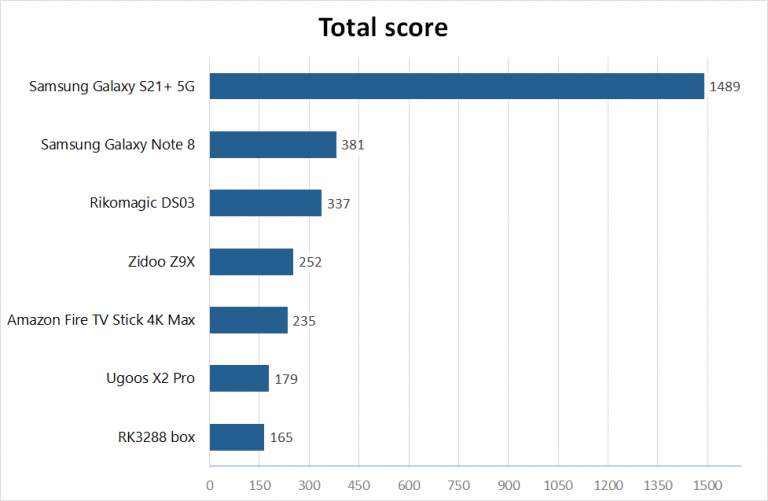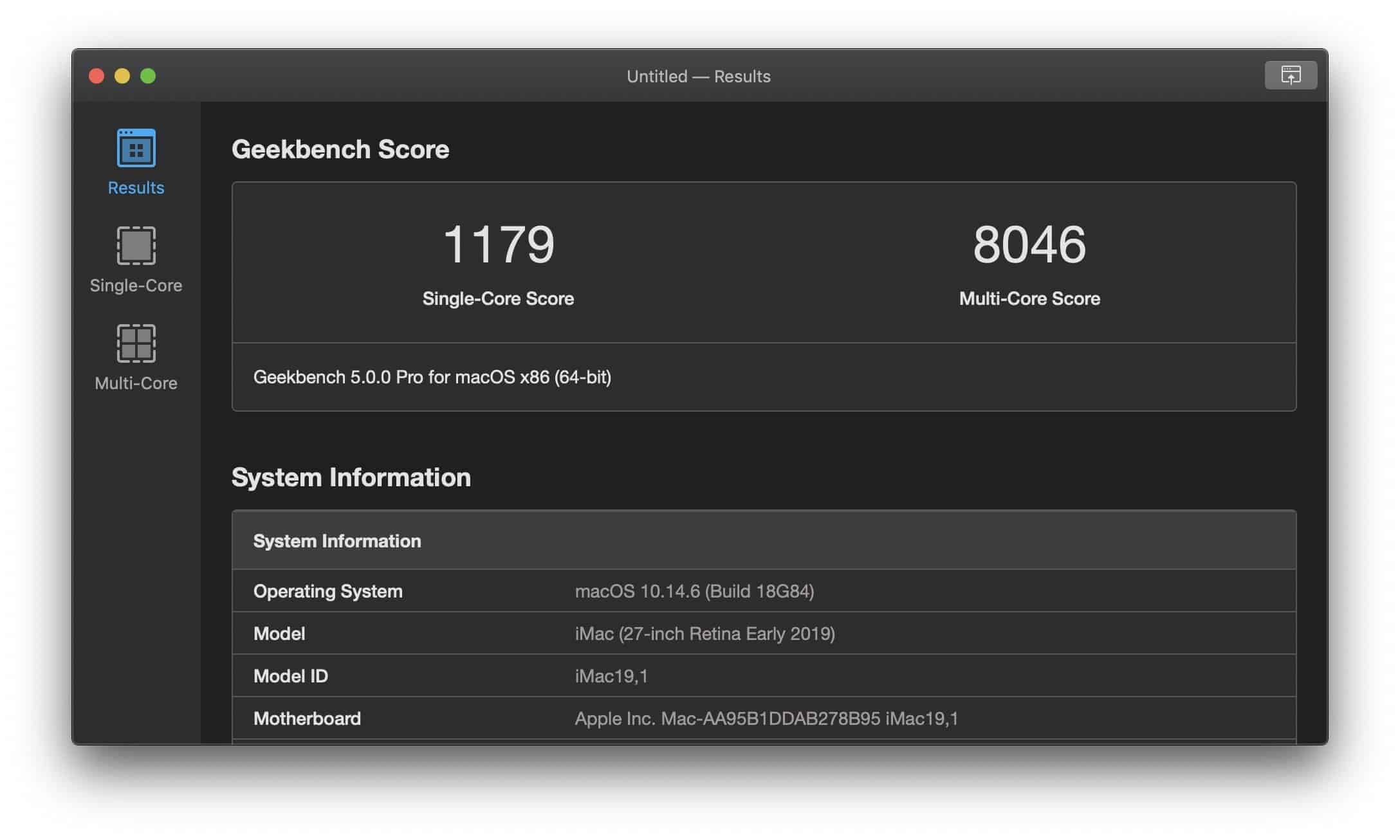

- #Hardware benchmark testing how to
- #Hardware benchmark testing install
- #Hardware benchmark testing drivers
- #Hardware benchmark testing update
It is not intended for use and may not function properly with market-specific AutoCAD versions such as Architecture, Mechanical, or Civil 3D AutoCAD LT trial versions international versions etc. The Cadalyst Systems Benchmark is designed for use with full, basic AutoCAD only.
#Hardware benchmark testing how to
How to Use the Cadalyst Systems Benchmark What's New for AutoCAD 2017-2019: The Cadalyst Systems Benchmark 2015 (C2015 v5.5b) has also been verified to work with AutoCAD 2017 through 2019 check the updated README file (included in the zipped download available below) for instructions about an additional step required for these versions. Important note: The actual test procedures were not modified from the previous benchmark version, C2012 test scores from C2015 can be compared against scores from C2012 - using the same version of AutoCAD. Updated the instructions and screen shots for configuring AutoCAD for the benchmark. Verified operation with AutoCAD 2016 and made adjustments for the new system variable: startmode.Īdded an informational text screen for the benchmark's System Check test option. See the README_C2015.TXT file for further information about compatibility with older versions of AutoCAD. What's New in C2015 v5.5b (as of AutoCAD 2016): We made the following adjustments to the Cadalyst Systems Benchmark (C2015 v5.5b) for AutoCAD 2016. Test files are available free for download. The Cadalyst Systems Benchmark 2015 (C2015 v5.5b) can be used to test and compare the performance of systems running AutoCAD v2022 and earlier.
#Hardware benchmark testing drivers
By following the tips and techniques in this article, you can ensure that your device drivers are always in good shape, and that your system runs smoothly and securely.Test Your Hardware Systems Running AutoCAD 2022 or Earlier Device drivers are essential for your computer's performance and functionality, but they can also cause problems if they are not tested, benchmarked, optimized, or troubleshooted correctly. Driver error can happen if you have a driver that is faulty, outdated, or infected, or if you have a hardware or software issue that affects the driver. Driver conflict can happen if you have two or more drivers for the same device, or if you have a driver that is incompatible with your operating system or other drivers.
#Hardware benchmark testing update
Driver update failure can happen if you try to update a driver that is already up to date, or if you encounter a network or server error.
#Hardware benchmark testing install
Driver installation failure can occur if you try to install a wrong, incompatible, or corrupted driver, or if you have insufficient permissions or disk space.


Common device driver problems and their solutions include driver installation failure, driver update failure, driver conflict, and driver error.

Troubleshooting device driver problems can help you resolve any issues that may affect your system's stability, speed, or compatibility. You can adjust driver settings using Device Manager, the manufacturer's software, or a driver tuner software. Lastly, adjusting driver settings can help you customize your system's performance and functionality, according to your preferences and needs. You can disable or enable drivers using Device Manager or a driver manager software. Furthermore, disabling or enabling drivers can help you troubleshoot any problems that may occur with your devices or drivers, or optimize your system's performance for specific tasks. You can uninstall drivers using Device Manager or a driver uninstaller software. Additionally, uninstalling unnecessary or unused drivers can free up your system's resources, and prevent any conflicts or issues that may arise from having multiple drivers for the same device. You can update your drivers manually, using Device Manager or the manufacturer's website, or automatically, using Windows Update or a driver updater software. To do this, you should keep your drivers updated, as this can improve their performance, stability, and security. Optimizing device driver performance can help you enhance your system's functionality, speed, and compatibility.


 0 kommentar(er)
0 kommentar(er)
